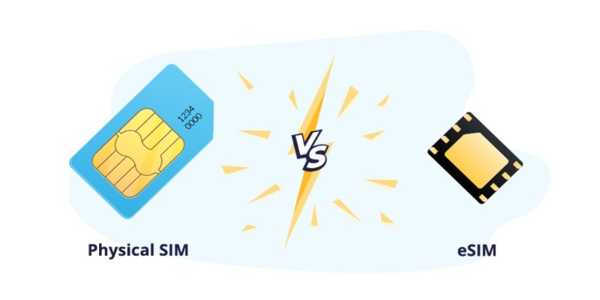Planning to travel abroad and wondering how to stay connected affordably? Picking the right international SIM card can help you avoid high roaming charges and unreliable public Wi-Fi. With so many travel SIM options available, it’s worth understanding the key features that make a SIM card useful across countries, devices, and networks.
Buying a local SIM sounds easy—until you land in a foreign country, search for a store, show ID, and try to figure out unfamiliar plan details. Doing this in every country you visit becomes frustrating fast.
For multi-country trips or frequent travel, international SIM cards are more efficient. They’re ready to use before arrival and often provide coverage across dozens of countries without changing SIMs.
You also avoid activation delays and language barriers. Local SIMs might be cheaper, but only if you’re staying in one country long enough to justify the effort.
Modern phones often support both eSIM and physical SIMs, and the right choice depends on your device and travel style.

eSIMs are digital and can be activated through a QR code. You don’t have to wait for shipping or handle any hardware. If your phone allows dual SIM functionality, you can keep your regular SIM active while using an eSIM for global mobile data.
Physical SIM cards are still common and work well for travelers with older devices. But they come with some inconvenience—like shipping delays and the risk of losing or damaging the tiny chip.
If your phone supports eSIM, that’s usually the easier, faster solution.
“Global” coverage can mean very different things depending on the provider. Some travel SIM options list 100+ countries but may offer high-speed service in only 40–50 of them. Others might throttle your speeds in certain areas or limit coverage to major cities.
Before buying, check:
Don’t assume all global SIMs cover every country equally. Look closely at the actual service regions.
Both types have benefits, but for most travelers, prepaid bundles are easier to manage. You know what you’re paying and what you’ll get—such as 5GB for 15 days. You won’t be surprised by unexpected charges.
Pay-as-you-go may work if you’re a light user or just need emergency access, but the costs can escalate quickly if you use data for navigation, calls, or browsing.
Prepaid international SIM cards are also better for budgeting. You pay once and don’t have to track usage constantly.
Data usage depends on how you travel and use your phone. Here’s a rough estimate:
You probably don’t need unlimited data unless you plan to work full-time online. Many travel SIM options also let you top up, so start small and increase if needed.
Staying mindful of app auto-updates and syncing settings can help conserve data.
Data speed isn’t always guaranteed—even when coverage is.
Some international SIM cards operate through low-cost agreements with local carriers, which might result in slower speeds or poor reliability during peak hours. That’s especially noticeable in crowded cities or remote areas.
Before buying, check if:
A reliable SIM should switch automatically to the strongest network available to keep your connection stable.
Definitely, if your SIM doesn't activate or you run into issues abroad, you'll want fast, helpful support.
Look for providers with 24/7 customer service—especially those who offer support through WhatsApp, in-app chat, or email. Some providers even have dashboards or mobile apps where you can monitor usage and reload data.
If a company hides support contact info or doesn't offer help in multiple time zones, think twice. A strong international SIM card provider provides easy-to-reach and fast support.

Some well-rated travel SIM options among frequent travelers include:
Airalo – Known for wide eSIM options across individual countries and regions. Great for convenience and value.
Nomad – Offers clear data plans and competitive pricing. Good coverage for Asia and Europe.
GigSky – Offers both physical and eSIM cards. Strong in North America and the EU.
Holafly – Unlimited data in many countries, though speeds may reduce after a threshold. Ideal for heavy users.
Keepgo – Long validity and reusable SIMs. Ideal for travelers who visit the same destinations often.
All of these vary in pricing, plan structure, and region strengths. Choose based on your destination list and data needs.
Most domestic providers offer travel packages, but they’re usually more expensive or restrictive than dedicated international SIM cards.
You might pay $10 per day for limited access in select countries. Over a two-week trip, that’s $140—often more than a good travel SIM with more data.
And while some providers include free roaming in specific regions, coverage is usually not global. Always compare the offers before deciding.
To prevent frustration at the airport or hotel, follow these steps:
These actions help ensure you’re online the moment your flight touches down.
Not everyone travels the same way. A backpacker hopping across Europe will have different needs from someone on a two-week beach vacation in one country.
Think about where you're going, how long you're staying, and how you'll use your phone. That’s the simplest way to find the international SIM card that truly fits your travel style.